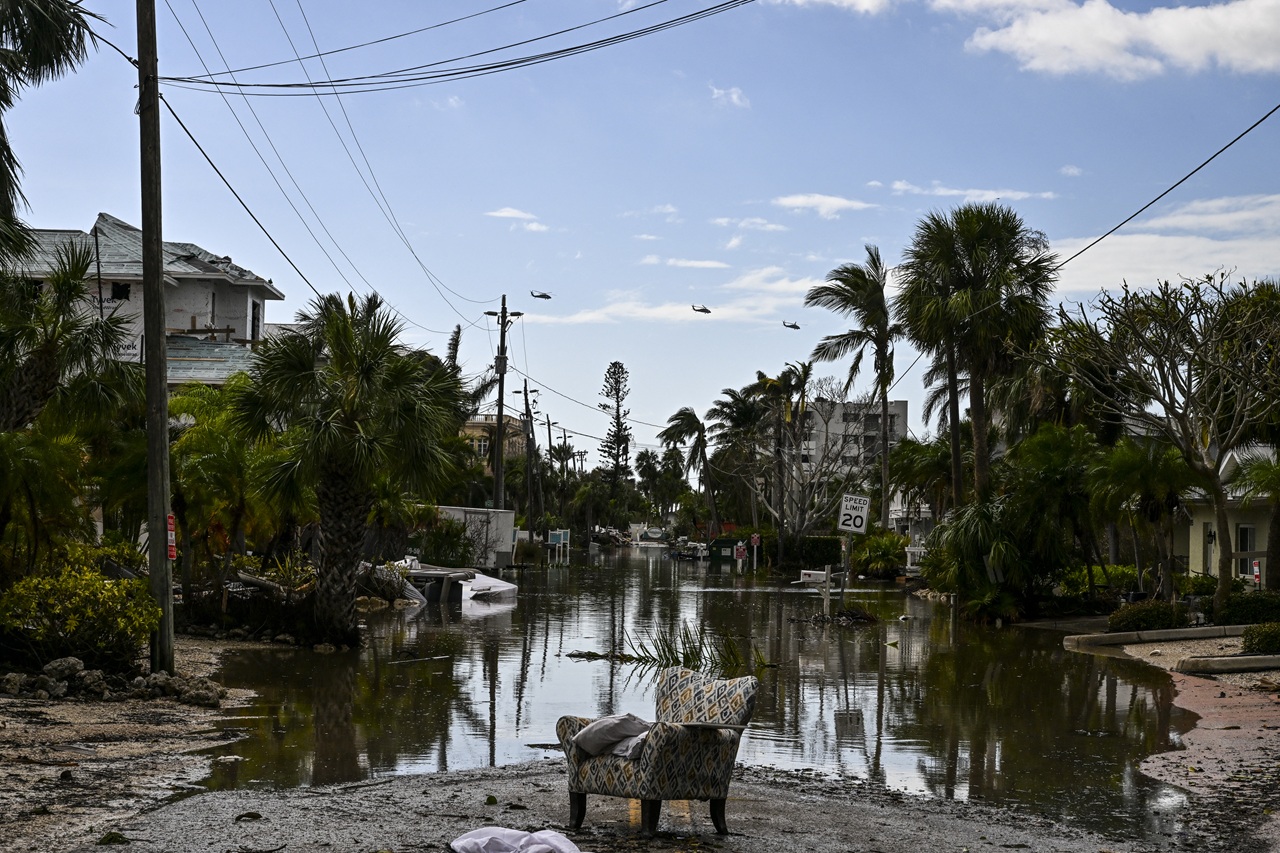
From the Statue of Liberty to the Supreme Court: “Home Is Here” marchers make a stop in Philadelphia
The lives of 790,000 DACA recipients rest in the hands of the Supreme Court’s upcoming decisions, "Home is Here" March aims to bring attention to DACA and TPS…
Seventy-eight hours or 230 miles are what some young immigrants are willing to walk to draw attention to the “jeopardy” faced by the Deferred Action for Childhood Arrivals (DACA) and the Temporary Protected Status (TPS) programs next week within the Supreme Court.
Around 200 people signed up to be part of the “Home Is Here” March on Oct. 26, which started at Battery Park in New York City. About forty of those marchers made a pit stop on Nov. 1 in Philadelphia to hold a press conference at City Hall.
The City of Brotherly Love was the halfway point of a trip, which plans to reach Washington D.C. on Nov. 12, when the Supreme court arguments are to commence.
Tired, cold, and with sore feet, the unapologetic and unafraid, young immigrants - alongside supporters - took to the north side of City Hall to announce their presence
Councilmember Helen Gym joined the marchers and welcomed them to “a proud sanctuary city, established by immigrants.”
Although invested in the “Home Is Here” cause, Gym recognized the flaws Philadelphia has had as a sanctuary city that allowed ICE to deport more nonviolent and noncriminal immigrants than any other jurisdiction. The reality prompted her to ask for a path to citizenship for DACA and TPS recipients.
“We cannot be bought off by just DACA and TPS from a bunch of middling Democrats who don’t have bigger ideas,” said Gym.
For young people like Katherine Antarikso, DACA allowed immigrants -brought by their parents as minors, to live, work and attend school in the U.S without fear of deportation.
Antarikso was a child when her father moved the family to the U.S. so he could attend a doctoral program at Penn State University.
She became undocumented in high school and a “constant state of fear” took over her life.
That feeling worsened in September 2017, when President Donald Trump tried -but failed- to end DACA.
The courts blocked the measure, but the policy is being challenged in court, leaving some 790,000 DACA holders in the limbo.
DACA recipients do not have a path to citizenship or legal status, but will continue to be able to register for a renewable two-year deferment as long as the Obama-era program stays in place.
The main question the Supreme Court will face now is whether or not former President Barack Obama had the authority to create the Deferred Action for Childhood Arrivals without congressional approval.
“Home Is Here” is also trying to shine a light on the 320,000 people who live in the U.S. under the Temporary Protected Status (TPS).
RELATED CONTENT
It is a status only given to people whose home counties are dealing with ongoing armed conflicts, environmental disasters, epidemics, violence or other “extraordinary temporary conditions.”
El Salvador, Haiti, Honduras, Nepal, Nicaragua, Somalia, Sudan, South Sudan, Syria, and Yemen nationals are the only immigrants that can apply for this program as of 2019.
Temporary protection Those two words can define whether or not a person becomes an undocumented immigrant in the blink of an eye. Just like DACA, TPS does not grant a path to citizenship, no matter how long they have been living in the U.S.
“This immigration system is broken,” said 18-year-old Germinha Gabriel. She is a TPS holder from Haiti who made her entire life in Philadelphia. “Rather than giving me a path to citizenship, it gives me temporary protection.”
The Trump administration has also attempted to end TPS for countries like El Salvador but that has also been blocked by the courts.
The march is set to arrive in Baltimore, Maryland today, and with only four stops left they will soon reach the Supreme Court.
But their goals don’t end there.
“After we ensure the safety of DACA and TPS recipients, we must continue organizing towards a vision and solution that grants citizenship for all 11 million undocumented immigrants (i.e. DACA recipients, TPS beneficiaries, undocumented immigrants without protection from deportation, and intercountry adoptees without citizenship,” reads the march’s official website.











LEAVE A COMMENT: